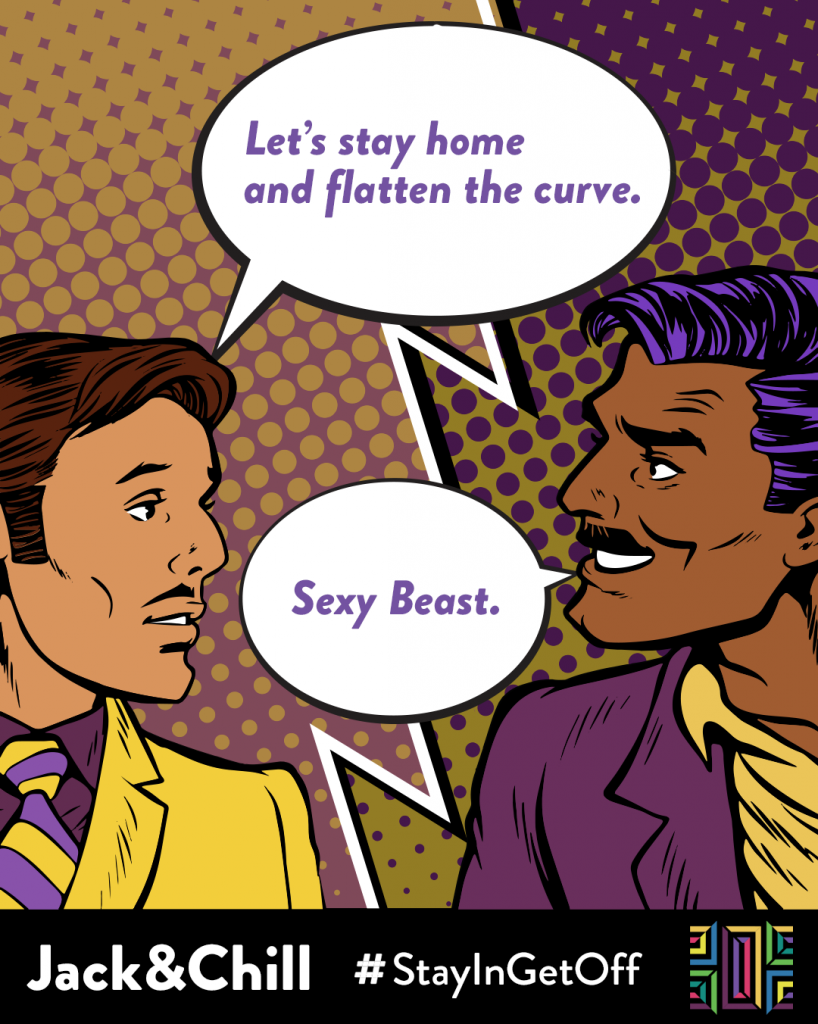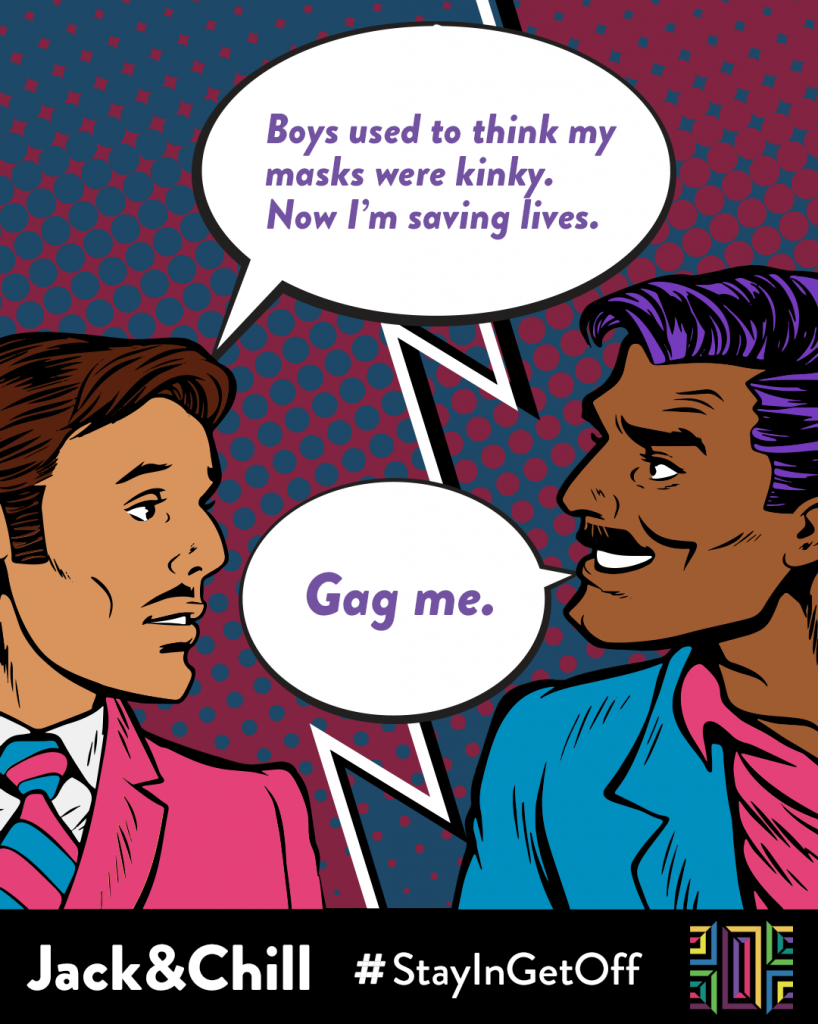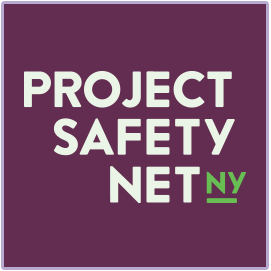New Yorkers are inundated with messaging about protecting ourselves from coronavirus. As an advertising veteran now working in public health, I’m noticing many ways these communications fall short. Government agencies distribute lengthy instructions that few have time to read. Public services pass on repetitive iterations of the same messages. Brand marketers, stymied for relevant commentary, are already co-opting images and behaviors arising from the pandemic. At a time when COVID 19 infection rates and death tolls continue to rise, we cannot afford to lose attention through corona fatigue.
 We are on the verge of tuning out, weary of the nagging voice reminding us to wash our hands and the incessant postings about distancing and bleach. In marketing language, this noise is called clutter. It’s the blah, blah, blah of media-saturated life. Brands employ sophisticated creative strategies to cut through the clutter to sell products. But now the systems that prescribe every facet of our lives have joined the chorus. Schools, employers and all levels of government compete for our limited attention. How can public institutions more effectively target overloaded, isolated audiences?
We are on the verge of tuning out, weary of the nagging voice reminding us to wash our hands and the incessant postings about distancing and bleach. In marketing language, this noise is called clutter. It’s the blah, blah, blah of media-saturated life. Brands employ sophisticated creative strategies to cut through the clutter to sell products. But now the systems that prescribe every facet of our lives have joined the chorus. Schools, employers and all levels of government compete for our limited attention. How can public institutions more effectively target overloaded, isolated audiences?
The stakes are high with health on the line and no predictable end to the crisis. Droning on with the same message will push audiences further away. Young people are among the most susceptible to this effect and a variety of factors contribute to their vulnerability. Many youths feel immune to coronavirus health risks and rebel against social distancing rules, as evidenced by spring break beach parties in Florida and café-goers in France. Their elusive behaviors online make it difficult to track young people, adding to their distraction and limiting their awareness of health concerns.
 In the wake of COVID 19, public health is playing catch up with brands who have established channels to engage young consumers. Institutional communication needs to adopt proven marketing techniques to make equally powerful connections. Compelling information is not enough to capture an audience. An emotional appeal is required. Breaking the standards of hygiene communication, taking risks to provoke attention, and right sizing our messages can boost outreach and penetration. On social platforms, where youth have flocked and the virus has quarantined all of us, marketers have learned that bite-sized content grabs the most attention. Keep it short, sweet, and to the (sharpened) point.
In the wake of COVID 19, public health is playing catch up with brands who have established channels to engage young consumers. Institutional communication needs to adopt proven marketing techniques to make equally powerful connections. Compelling information is not enough to capture an audience. An emotional appeal is required. Breaking the standards of hygiene communication, taking risks to provoke attention, and right sizing our messages can boost outreach and penetration. On social platforms, where youth have flocked and the virus has quarantined all of us, marketers have learned that bite-sized content grabs the most attention. Keep it short, sweet, and to the (sharpened) point.
Jack&Chill is Project Safety Net NY’s new social media campaign, targeting LGBTQ+ youth with a comedic pitch to embrace healthy behavior during confinement. Using the language of Grindr and dating apps, sex-positive content seeds messages of self-care, pleasure and inclusion while reinforcing public health mandates. We use a tone of voice that is loud and proud to dismantle social mores that make us more vulnerable and to illustrate how relatable content is a sticky way to communicate in times of crisis. At the same time, Jack&Chill aims to leave the audience with a smile, because we’re all more open minded when we’re relaxed.
